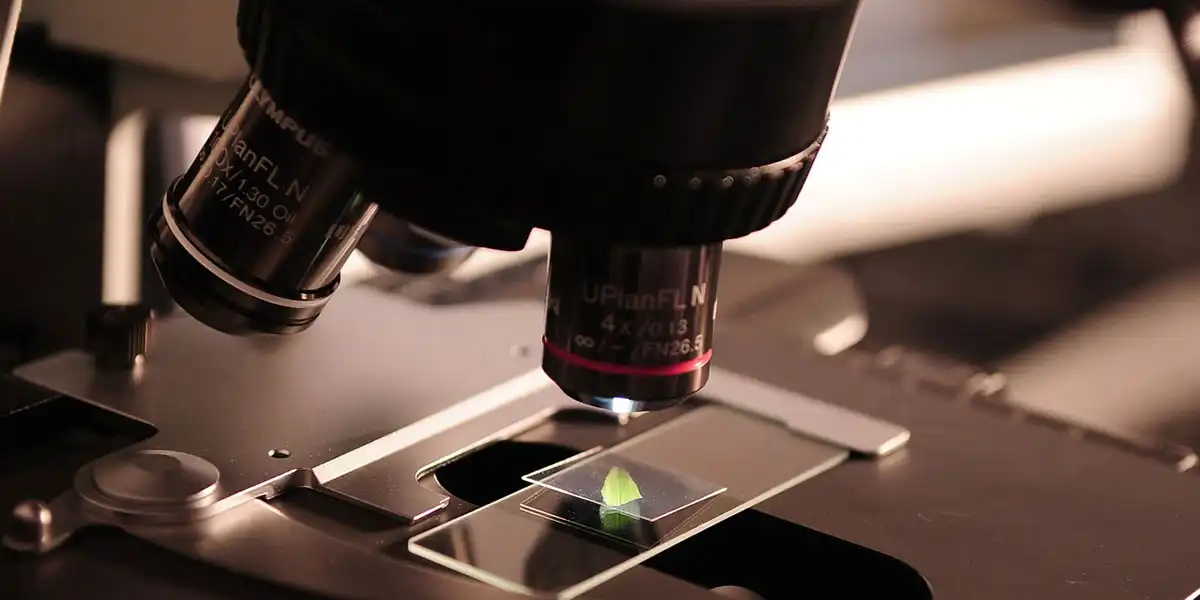
Jan 10, 2025
Blog Life Sciences Bioprocess Optimization and Digital Bio-manufacturing: Transforming the Industry
Bioprocess optimization and digital biomanufacturing are revolutionizing the biotechnology industry by driving innovation and boosting efficiency. These technologies are changing how biological products are produced and significantly impacting global markets. Let’s examine the trends, advancements, and market dynamics shaping this exciting field.
The global market for bioprocess optimization and digital biomanufacturing is experiencing strong growth. It is expected to grow from $24.3 billion in 2024 and reach $39.6 billion by the end of 2029, growing at a compound annual growth rate (CAGR) of 10.2% during the forecast period.

Bioprocess optimization involves refining and enhancing the various stages of biomanufacturing to improve efficiency, yield, and product quality. This includes optimizing cell culture conditions, purification processes, and scaling up production. Digital bio-manufacturing, on the other hand, leverages digital technologies such as automation, data analytics, and artificial intelligence (AI) to streamline and enhance bioprocesses.
The global market for bioprocess optimization and digital biomanufacturing is expected to grow from $24.3 billion in 2024 and is projected to reach $39.6 billion by the end of 2029, at a compound annual growth rate (CAGR) of 10.2% during the forecast period of 2024 to 2029.
The future of bioprocess optimization and digital biomanufacturing looks promising. With ongoing advancements and increasing market demand, the industry is set to achieve greater efficiency, quality, and scalability. As digital technologies become more integrated into biomanufacturing processes, stakeholders in the biotechnology sector must stay updated on these trends and innovations to maintain a competitive edge in this dynamic market.
Consider becoming a member of the BCC Research library and gain access to our full catalog of market research reports in your industry. Not seeing what you are looking for? We offer custom solutions too, including our new product line: Custom Intelligence Services.
Contact us today to find out more.

Kavita Rawat is a Marketing Operations Executive at BCC Research, with a master’s degree in business. She specializes in optimizing marketing strategies and content creation. With her MBA, she combines her passion for marketing with her academic prowess to drive success in the ever-evolving field.
In today’s fast-paced biomedical world, researchers and pharmaceutical companies...

Radiopharmaceuticals represent a cutting-edge frontier in modern medicine, offer...

Implantable Remote Patient Monitoring (IRPM) devices are revolutionizing healthc...

We are your trusted research partner, providing actionable insights and custom consulting across life sciences, advanced materials, and technology. Allow BCC Research to nurture your smartest business decisions today, tomorrow, and beyond.
Contact UsBCC Research provides objective, unbiased measurement and assessment of market opportunities with detailed market research reports. Our experienced industry analysts assess growth opportunities, market sizing, technologies, applications, supply chains and companies with the singular goal of helping you make informed business decisions, free of noise and hype.